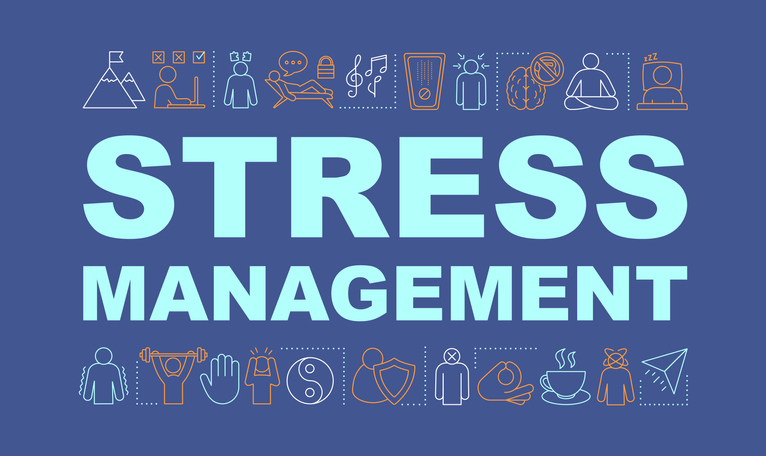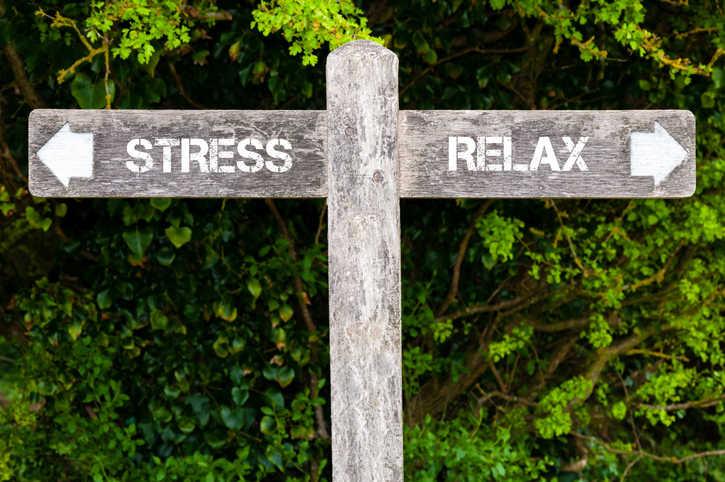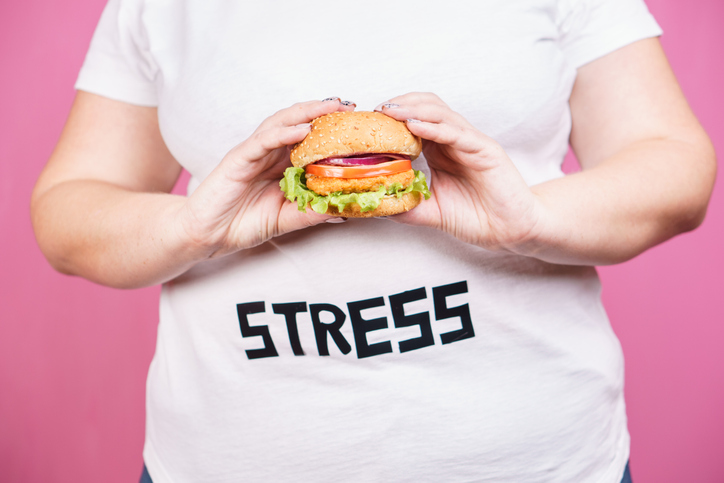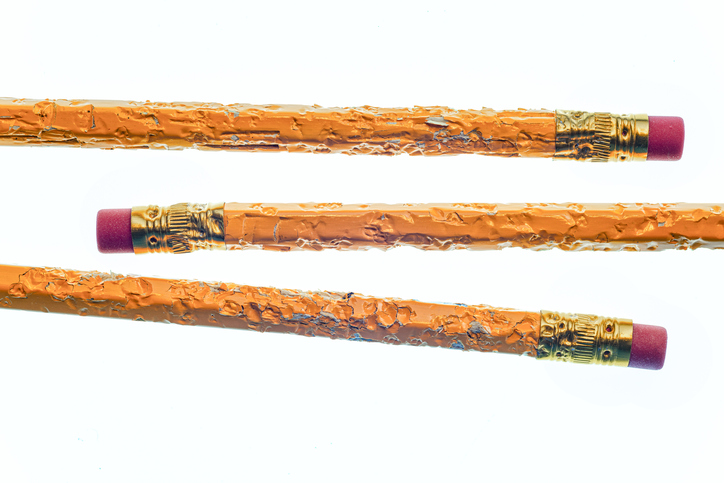Wellness
The Difference Between Distress and Eustress

While stress is often thought of as negative, it can be positive as well. Stress is categorized into two types — distress and eustress.
What is distress?
Distress is the most commonly known type of stress. It is a negative stress that causes feelings of worry, fear or anxiety. Distress is typically caused by negative experiences and situations, such as losing a job or when a family member is diagnosed with an illness. Distress can cause physical symptoms such as chest pain, headaches, digestive issues, or insomnia. It can also worsen or cause serious health conditions, such as heart disease.
What is eustress?
On the opposite end of the spectrum, eustress is positive stress. Eustress can promote feelings of energy, focus, excitement or fulfillment. It is typically caused by positive experiences, such as starting a new job or getting married. Eustress can produce positive effects, such as building mental resilience and even building physical strength (challenging workouts are another example of eustress). It helps with motivation and working toward goals.
Ways to create more positive stress include the following:
- Trying something new, such as a new hobby or activity
- Participating in physical activity
- Learning something new
- Setting challenging yet realistic goals
- Taking on a new responsibility at work
While eustress is beneficial, it can develop into distress when a situation or experience becomes too overwhelming or when other stressors occur at the same time. If this occurs, stress management techniques should be used until overall stress levels are reduced.


















